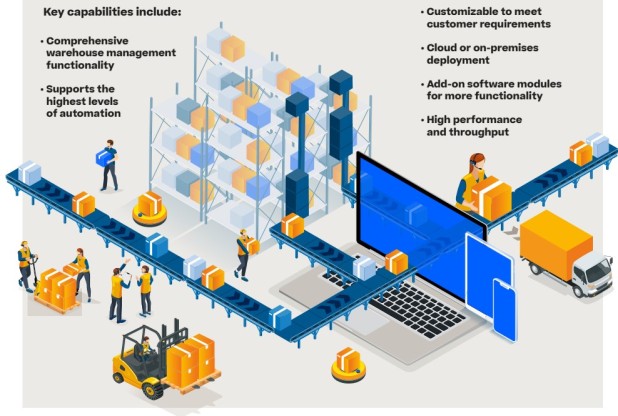
Warehouse management in UAE food crop trading typically involves various steps and processes to ensure efficient storage, handling, and distribution of agricultural products. Here’s a detailed pointwise workflow for warehouse management in UAE food crop trading:
- Receiving and Inspection:
- Food crops are received at the warehouse from suppliers or farmers.
- Upon arrival, the crops are inspected for quality, quantity, and compliance with safety regulations.
- Samples may be taken for laboratory testing if required.
- Sorting and Grading:
- The crops are sorted based on factors like size, quality, and ripeness.
- Grading is done to categorize the crops into different quality levels or grades.
- This helps in maintaining uniformity and facilitates efficient inventory management.
- Storage:
- Suitable storage conditions are provided based on the specific crop requirements (temperature, humidity, etc.).
- Crops are stored in appropriate containers, such as bins, crates, or pallets, to ensure proper ventilation and prevent damage.
- Warehouse management systems (WMS) may be used to track and manage inventory.
- Inventory Management:
- WMS is utilized to record and monitor inventory levels, including batch numbers, expiry dates, and other relevant information.
- Regular stock checks are conducted to ensure accurate inventory records.
- FIFO (First-In, First-Out) or FEFO (First-Expired, First-Out) methods may be employed to manage inventory rotation and prevent spoilage.
- Quality Control:
- Periodic quality checks are conducted to maintain product integrity.
- This may involve visual inspections, sensory evaluations, and laboratory tests for factors like freshness, taste, and nutritional value.
- Any damaged or spoiled crops are separated and disposed of properly.
- Order Processing:
- Customers place orders for specific crops and quantities.
- Order details are recorded, including delivery addresses and requested delivery dates.
- The warehouse team prepares the orders by picking the required crops from the inventory.
- Packaging and Labeling:
- Crops are packaged in appropriate containers (e.g., bags, boxes) based on customer requirements.
- Labels containing product information, batch numbers, expiry dates, and barcodes are affixed to each package for traceability.
- Loading and Transportation:
- The packaged crops are loaded onto vehicles for transportation to the customers or distribution centers.
- Proper handling techniques are employed to prevent damage during loading and transit.
- Temperature-controlled vehicles may be used for perishable crops to maintain freshness.
- Documentation and Compliance:
- Necessary documentation, such as invoices, delivery notes, and certificates of origin, are prepared.
- Compliance with regulatory requirements and food safety standards is ensured.
- Export-related documentation is prepared for international shipments.
- Reporting and Analysis:
- Data related to inventory levels, orders, quality control, and other relevant parameters are collected and analyzed.
- Reports are generated to track warehouse performance, identify areas for improvement, and make informed business decisions.
It’s important to note that specific workflows may vary depending on the size and type of warehouse, the crops being handled, and the individual company’s processes and requirements. The workflow provided above serves as a general guideline for warehouse management in UAE food crop trading.
